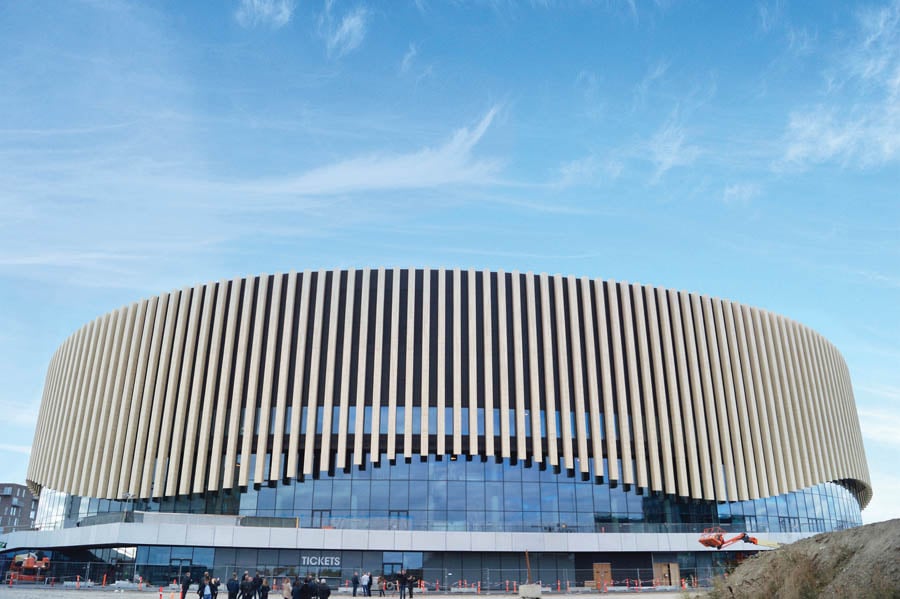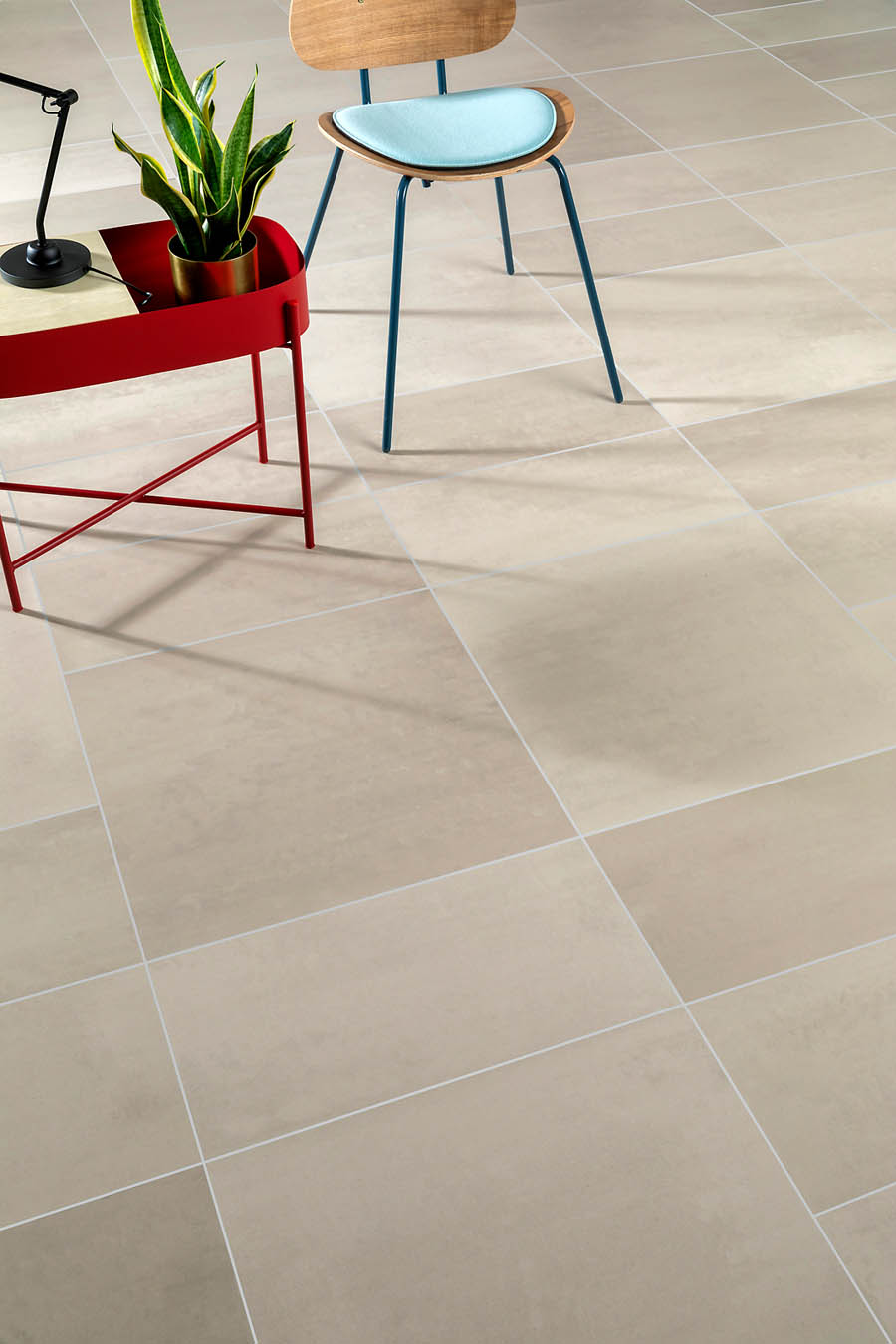
January 14, 2020
3 Low-Carbon Products to Add to Your Toolkit
A range of new options can help architects and designers who are working to lower the embodied carbon footprint of their projects.
With progress finally being made toward reducing carbon emissions in the operation of buildings, building-sector professionals are turning their attention to the footprint of the construction process itself. “Embodied carbon” quantifies the effect of the manufacture, maintenance, and end-of-life treatment of every product and material during the construction and life of a building.
Databases and tools such as the Embodied Carbon in Construction Calculator, which launched at Greenbuild International Conference and Expo this year, now allow designers to understand products’ carbon credentials. Here are a few materials that perform well in this regard.

Accsys Accoya Wood
By sequestering carbon as trees grow, wood typically makes an excellent low-carbon construction material, but it has limitations. Accsys utilizes a process called acetylation, which prevents rot by replacing the part of wood that readily bonds with water with more durable, naturally occurring acetyl groups. This enables the use of Accoya in damp environments and in applications typically reserved for treated timbers with higher embodied carbon—in windows, landscaping, and cladding.

Interface Simple Abstraction
Interface has established systems to divert discarded carpet from landfills and reuse it in its collections, specifically as backing that contains up to 98 percent recycled or biomass material. The company pushes that effort further with its Simple Abstraction collection, made from nylon yarn regenerated by Aquafil from discarded fishing nets.

Mosa Terra Tones Tiles
Despite the energy-intensive nature of ceramics manufacturing, Mosa has managed to reduce its carbon emissions by 48 percent in ten years—mainly through reusing residual heat and supplying one-third of its energy needs from renewable sources. It has also looked to establish a circular production process via recycling and externally validated lifecycle analysis. The company balances the reuse of production waste with the inclusion of virgin materials so as not to diminish the tiles’ own recyclability.
You may also enjoy “11 Chic Alternatives to Vinyl Wallcoverings”
Would you like to comment on this article? Send your thoughts to: [email protected]





